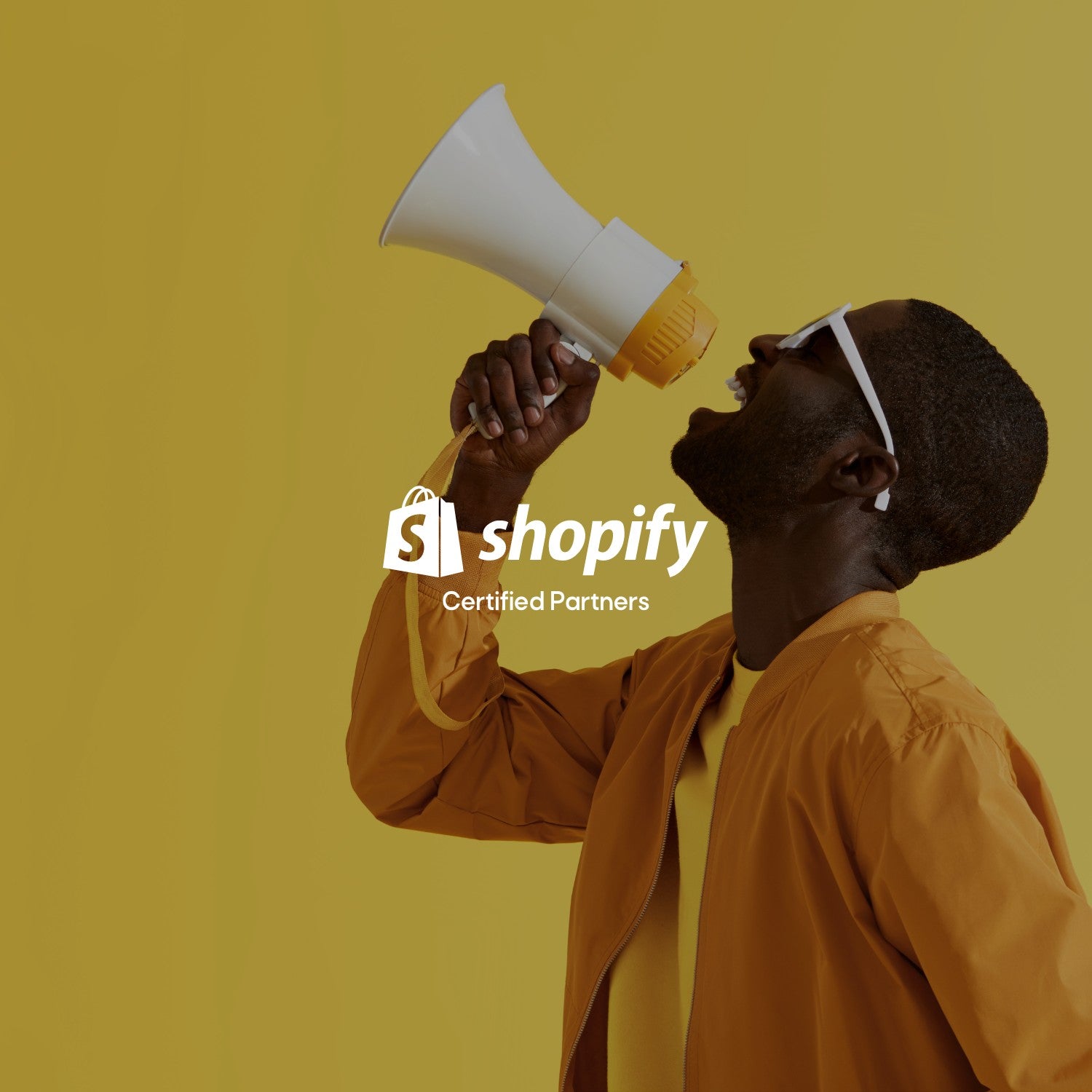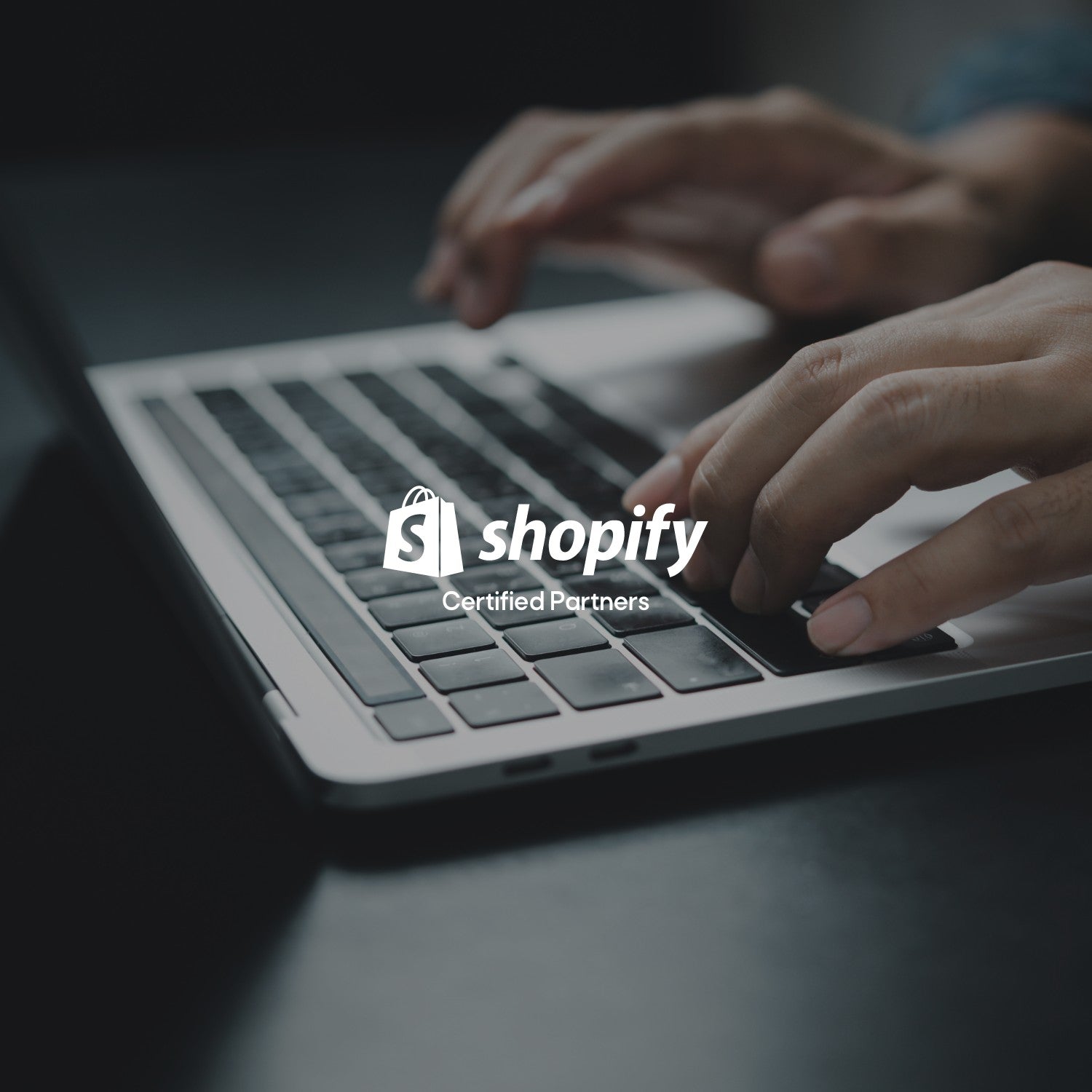Starting a business, especially if you’ve ever worked a 9-5 job, can feel a bit like plunging into the middle of the ocean, not knowing where to find the nearest island—all without a life raft.
Truth is, the eureka moment that leads you to a truly great business idea is only one of many important first steps. The path from idea to a successful, thriving business where you can actually take a weekend off is rife with uncertainty. So, how do you know if you’re heading in the right direction?
Sometimes the greatest comfort comes from knowing where the next port lies, even if it’s miles away. Below, we share milestones that most new business owners can expect to encounter in their first year. By milestone, we mean outcomes (the result of a set of actions) rather than a checklist for starting a business. Reach these and your entrepreneurial journey is on the right course.
In your first month
Your first paid marketing tactic launches with positive ROI
Congrats—you’ve launched your store! Now what? Your single biggest goal this month is to discover a repeatable and profitable approach to marketing.
For most companies with zero brand recognition, the fastest way to start this feedback loop is through paid advertising. The good news is that many paid channels allow you to pay per click, and in some instances you can start with a budget as low as $100.
The key is to not give up after one or two failed ads. Keep iterating and testing your ads until you’ve found the right formula of visual and copy to engage your target audience. It’s out there. And while there’s typically a lot of upfront work behind a profitable paid advertising campaign, once you’re up and running it can run pretty autonomously in the background.
Another one of the quickest ways to get your product or brand in front of a relevant audience is by paying someone with an existing following to promote it for you. Influencer marketing (through Instagrammers, YouTubers, bloggers, etc.) has become a popular form of online advertising.
The success of influencer marketing involves finding the right influencers to promote your product. The challenge is identifying those who have an active, engaged following that would be interested in your product, as well as the creative ability to produce content that reflects well on your brand.
Influencer marketing works especially well for trendy products (fashion, food, tech, for instance) or those that benefit from a little hands-on demonstration.
Your first sale to a complete stranger
Making your first sale to someone who's not "mom" is a significant milestone and learning canvas. Your first real sale can give you invaluable feedback on your purchase experience, marketing tactics, and more.
Fortunately, there's a lot more science than art (or luck) to making your first sale. For starters, you'll need to set up your Shopify store and actually start selling. This sounds obvious, but lots of first-time business owners get caught up trying to perfect their storefront before hitting publish, whether it's overanalyzing their color palette or second-guessing pricing. Don't get stuck picking out new shoelaces before going on your first run.
Instead of sweating the minutiae, spend your time experimenting with marketing tactics as soon as possible. As mentioned above, paid advertising is a straightforward way to get in front of a target audience. You could also try tag-teaming with a relevant influencer to get in front of a built-in audience.
Use the first sale opportunity as a way to forge a bond with a real, bonafide customer. Send them a personal note of appreciation, and don't hesitate to ask for feedback. If it's positive, you could even ask if they'd be willing to provide a testimonial for your store or another public recommendation engine.
In your first three months
Your first support snafu
We’ve all come up short before, but it can be jarring when something you’ve created and sold has let someone else down. Issues are bound to arise, but in our view good customer support isn’t about always being right, it’s about always being willing to make it right. View an unhappy customer as an opportunity to forge a stronger relationship with them by providing superlative customer service.
According to the service recovery paradox, there’s evidence that if you can recover with a positive support experience, you’ll build even more goodwill and loyalty with your customer.

Traditional customer support books will tell you to be empathetic and apologize. But these days, an “I’m sorry” can feel like a dead end. Instead, start from a place of customer advocacy. This requires spending time understanding the full issue, exploring solutions with your customer, and proposing next steps to rectify the situation.
That said, the best way to manage angry customers is to prevent issues as best as possible with self-serve elements. That might involve displaying an order status page for customers to track packages, sending automatic shipping alerts, and adding an FAQ page.
Always give customers a way to contact you as well. Forms are acceptable, but a live chat channel is far more personable.
Your first testimonial
There’s no better advertising than a genuine, positive review from a real customer. Best of all, it’s free.
No matter what you sell, today’s shoppers are more skeptical than ever of marketing claims, which makes candid testimonials and product reviews an essential part of any marketing strategy. This is especially the case for high-ticket items like mattresses, or products that can’t easily be returned or exchanged, like... deodorant.
Nuud, a Dutch deodorant maker, showcases happy customers on its homepage through a carousel and video montage of positive customer reviews. For many website visitors, this gives them the confidence they need to hit the “buy” button.

If you’re a Shopify user, you can easily collect and import testimonials to your site with an app:
- Shopify’s Product Reviews. The simplest way to share your customers’ experiences. Free.
- Yotpo. Collect product reviews, photo reviews, site reviews, and ratings.
- Loox. Add product reviews with photos. 14-day free trial.
Positive ROI from your organic marketing channels
Organic efforts (social media, SEO, content marketing) take time to seed, but eventually, they should make up a sizeable amount of your total marketing spend to keep costs sustainable. As Taylor Holiday, founder of Common Thread Collective, writes, “Fight the temptation to scale your paid spend independently of your organic demand. Your margin will disappear.”
“Fight the temptation to scale your paid spend independently of your organic demand. Your margin will disappear.”
That organic acquisition work starts in month one, and frankly, it never ends. The good news is that there are endless ways to attract quality traffic to your website, and the tactics are the same whether you’re seeking your first or your 100,000th customer. These include running contests on social media platforms, offering referral bonuses, and partnering with influencers.
Outsource something outside of your core competency
Few of us are experts in every aspect of starting and growing a business. Within your first month, you’ll likely learn what you’re good at—and what you’re not (turns out, logos are hard!).
This is the time to focus on finding product-market fit, so if you find yourself spending more time pushing pixels than talking to customers and exploring new marketing channels, you may want to turn to a professional who’s done this before for help. Experts exist across a wide range of fields, from web development to sales strategy, and there’s usually one to fit any budget.
In your first six months:
You start seeing orders daily
Of all the milestones, this one is probably the most variable depending on what you sell. The real outcome we’re aiming for here is product-market fit.
How do you know if you’ve found product-market fit? There’s no end to business formulas and templates and doctrines about the ultimate product achievement, but at its core, you know you’ve found it when you can “feel” your product being pulled by the market.
You know you’ve found product-market fit when you can “feel” your product being pulled by the market.
For instance, you’ll start seeing people talking about your brand, referring your brand to others. You’ll spend more effort fulfilling orders and answering support questions than you are trying to “pull” customers to you.
You’ll know you’ve nailed product-market fit when you receive a steady stream of orders, whether that’s once a day for low-ticket items, or weekly for higher-ticket items.
You’ll also see positive changes to a few key metrics, which you can find in your Shopify reports:
Repeat purchase rate. This is the number of customers who’ve made more than one purchase, divided by your total number of unique customers. The higher this number, the more you’re retaining. Hooray! Pro-tip: if this is a high number for you, it might be worth adding a subscription model to your business.
Customer acquisition cost. The amount you spend on marketing (paid ads, design, branding, etc.) divided by your total number of unique customers. Less is more here.
Lifetime value. The total profit you’ll make from your average customer during the time they remain a customer. This is important to know, because LTV is directly linked to profitability. A company with high overall LTV will be able to spend more to attract customers and will have a higher margin.
In your first year
Your first shopping spike
Shopping spikes are exciting, adrenaline-filled affairs—unless you aren’t prepared for them. Whether it’s due to a flash sale, Black Friday Cyber Monday, or another seasonal trend, meticulous planning of things in your sphere of control makes all the difference.
From stocking up on extra shipping supplies early, to hiring temporary help and creating a seasonal forecast, there’s typically months of planning that goes into ensuring a smooth shopping experience during expected shopping spikes. Customer support can also get flooded during this time, so take steps to proactively anticipate and deflect expected inquiries as much as possible.
You outsource an “always-on” function of business
Business ownership for the long-haul is all about balance. Sure, there will always be unexpected weekend shifts and late nights, but at this point, your goal should be fewer and fewer of those. That’s where outsourcing comes in.
If you’re ready to hire your first employee to handle a part of your business, like shipping and fulfillment, go for it! If you’re not quite there but find yourself doing lots of routine tasks, like bookkeeping or social media management, you could explore the increasingly popular virtual assistant route.
Learn to let go of certain functions so you can focus on making even more of an impact elsewhere, whether that’s product development, media engagements, branching overseas, etc. Or maybe simply so you can spend more time with the family and take care of yourself. And that leads us to our final milestone...
You take a vacation 🏖️
After months of blood, sweat, and tears, we’re at a place where we can take the eye off the ball for a break—preferably on a beach, not the middle of the ocean.
Illustration by Gracia Lam













